Django Course For Beginners – Learn All About Django Web Framework
4.8 out of 5 based on 16874 votesLast updated on 12th Dec 2023 12.48K Views
- Bookmark

Start your Django journey with our beginner's Master web development course and unleash the full potential of Python with hands-on lessons.
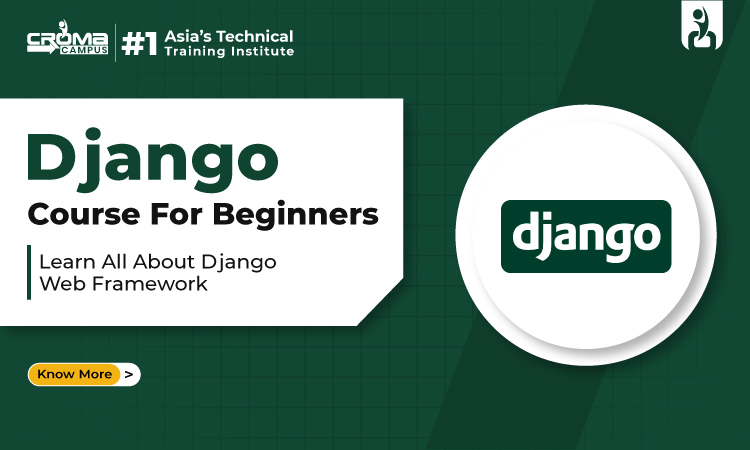
TOC:
- Introduction
- What is Python Django web framework?
- Django Architecture
- Django Views
- Types of Views
- Django Course for Beginners
Introduction:
Embark on a transformative journey into web development with the powerful Django Framework. As a beginner-friendly and robust web framework, Django simplifies the complexities of building dynamic websites. Acquiring proficiency in Django is not just a skill; it's a strategic career choice.
A specialized Django Course for Beginners is meticulously designed to provide hands-on experience with this cutting-edge framework. Explore the intricacies of Django web development through a comprehensive course, honing the skills necessary to create scalable and efficient web applications.
Elevate your career prospects by mastering Django, and unlock a world of opportunities in the dynamic field of web development.
What is Python Django Framework?
Python Django stands as a web framework renowned for swiftly crafting efficient web pages, earning its moniker, the "batteries included framework." With built-in features like the Django Admin Interface and SQLite3 as the default database, Django offers a robust toolkit for web development. It provides essential components—user authentication, a website management panel, forms, and file uploading—ready for seamless integration into your project.
Why Choose Django Framework?
- Exceptional Documentation and Scalability:
- Django boasts excellent documentation and high scalability, ensuring a smooth development journey.
- Trusted by Leading Companies:
- Trusted by top MNCs like Instagram, Disqus, Spotify, YouTube, Bitbucket, and Dropbox, Django is a preferred choice for its reliability and performance.
- Ease of Learning and Rapid Development:
- Recognized as the easiest framework to learn, Django facilitates rapid development with its fully inclusive set of tools.
- Python Integration:
- Leveraging Python's extensive library, Django opens avenues for advanced functionalities such as Web Scraping, Machine Learning, Image Processing, and Scientific Computing. Integrating these capabilities enhances the scope and potential of web applications.
You May Also Read This Post: Job Opportunities And Scope For Web Developers
About Django Architecture:
Django, a web framework, uses a structure called MVT, which stands for Model-View-Template. This structure has three main parts:
- Model: Think of the model as the keeper of data. It manages and organizes the information for your application. Usually, this data is stored in a database like MySQL or Postgres.
- View: The view is what you see on a website - the user interface. It is made up of HTML, CSS, JavaScript, and Jinja files. This is what you interact with when you open a webpage.
- Template: Templates are like blueprints for the HTML output of a webpage. They have both fixed parts (static) and special instructions on where to put dynamic content. Dynamic content is the information that changes based on user input or other factors.
So, in simpler terms, the model manages data, the view is what you see on the webpage, and the template guides how the webpage should look and where to put changing content.
You May Also Read This Post: Scope Of Django Developer In Future
Django Views – How does it work?
In Django, a view is a Python function or class that takes a web request and returns a web response. Views are responsible for processing the user's input (request) and generating the appropriate output (response), often by interacting with the model and utilizing templates.
Here's a breakdown of key concepts related to Django views:
- Request: When a user interacts with a webpage (e.g., clicks a link or submits a form), their action generates an HTTP request. The view receives this request, and its job is to figure out what needs to be done based on the request.
- Processing the Request: Inside the view function, you can write code to process the incoming request. This might involve retrieving data from the database (using the model), performing calculations, or any other logic necessary to handle the user's action.
- Context: Views often prepare a context, which is a dictionary containing data that will be used to render the template. This data can come from the model, calculations performed in the view, or any other relevant source.
- Template Rendering: Once the view has processed the request and prepared the context, it typically renders a template. A template is an HTML file with placeholders for dynamic content. The view fills in these placeholders with the data from the context, creating the final HTML response that will be sent to the user's browser.
- Response: The view returns an HTTP response, which is then sent back to the user's browser. This response contains the HTML content generated by the template.
Note: Django is a high-level Python web framework enabling rapid development and clean design. Enroll in a Django Course in Noida to master building robust, scalable web applications efficiently.
Here's a simple example of a Django view:
In this example, the view processes the request (which might involve more complex logic in a real-world scenario), prepares a context with a greeting message, and renders a template called 'my_template.html'. The rendered HTML is then sent as an HTTP response to the user's browser.
Tips: Web development is the process of creating websites and applications. Enrolling in a Web Development Online Course can help you master key skills like HTML, CSS, JavaScript, and responsive design.
Types of Django Views:
Django views are categorized into two main types:
Function-Based Views:
Function-based views are created using Python functions. These functions take an HttpRequest object as an argument and return an HttpResponse object. Function-based views commonly follow the CRUD (Create, Retrieve, Update, Delete) paradigm, which is fundamental in the development process. There are four basic strategies within function-based views:
These strategies correspond to the basic operations performed in a web application.
Note: The MEAN Stack, consisting of MongoDB, Express.js, Angular, and Node.js, is a powerful web development framework. Enrolling in a MEAN Stack Course will help you master full-stack JavaScript development.
Class-Based Views:
Class-based views offer an alternative approach to implementing views as Python classes instead of functions. While they do not replace function-based views, they come with certain differences and advantages:
- Code organization related to specific HTTP methods (GET, POST, etc.) can be handled by separate methods instead of conditional branching.
- Object-oriented techniques such as mixins (multiple inheritances) can be employed to modularize code into reusable components.
- Class-based views provide a more structured and object-oriented way to handle views in Django.
These two types of views, function-based and class-based, offer flexibility in choosing the approach that best fits the needs of your web application.
Tips: Java is a powerful programming language used for web, mobile, and enterprise applications. Enrolling in Java Training in Noida enhances coding skills, career opportunities, and industry-relevant expertise.
How to learn Django Framework?
There are numerous ways to master the Django Framework. One of the popular ways is Joining the Django Course for Beginners from Croma Campus. The course will help you to learn all theory and practical concepts step-by-step. Once you complete the course, it will help you to become more competent and earn better salaries.
Wait no more and give new heights to your career with the Django course for beginners at Croma Campus!
Relevant Web Development Courses:
Node JS Full Stack Developer Course
Playwright Automation with JS Course
Subscribe For Free Demo
Free Demo for Corporate & Online Trainings.

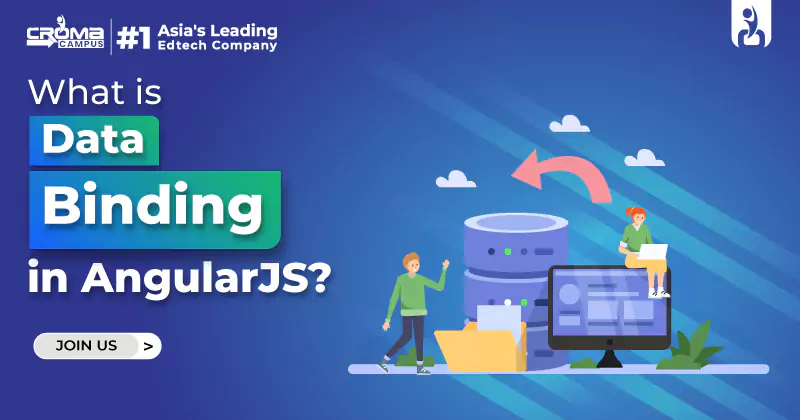

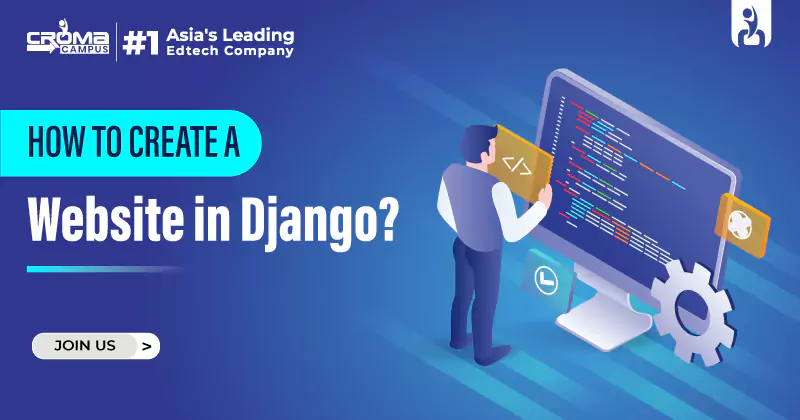
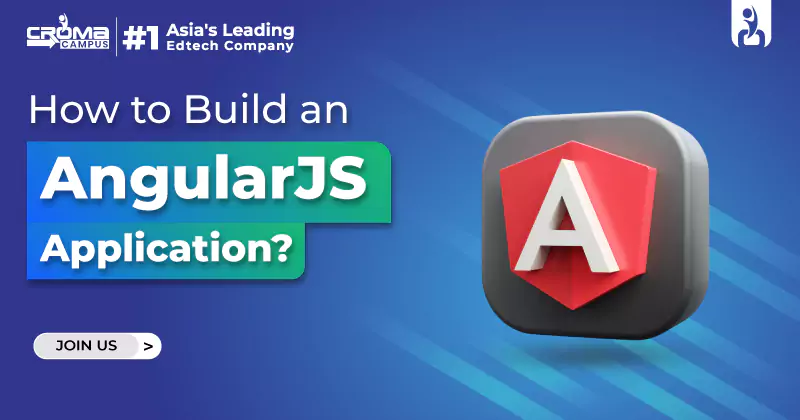

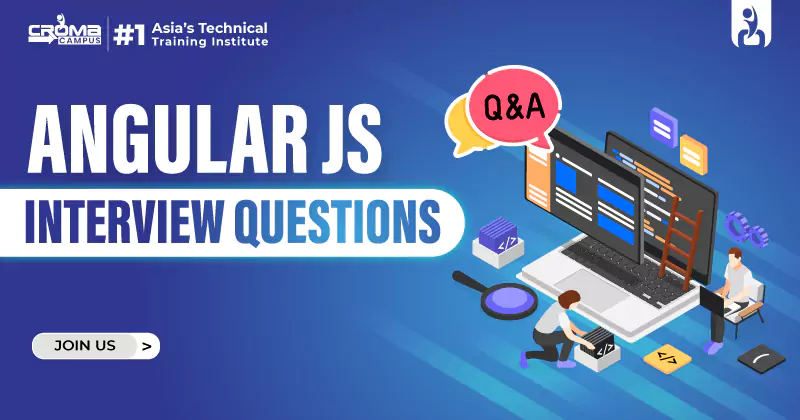
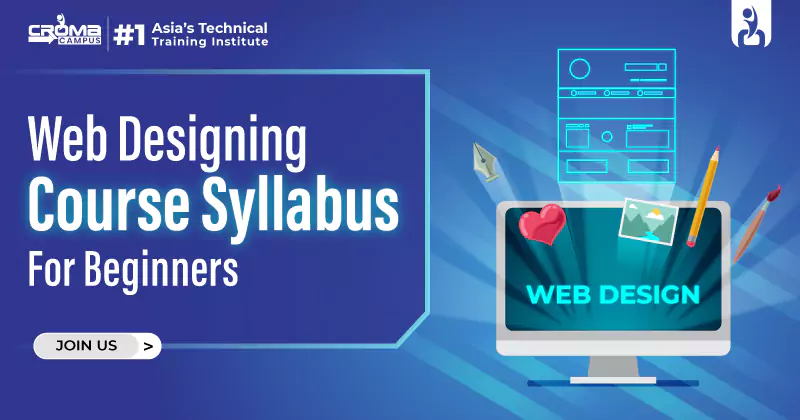

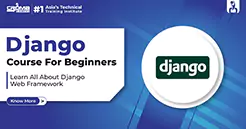















.webp)

.png)















